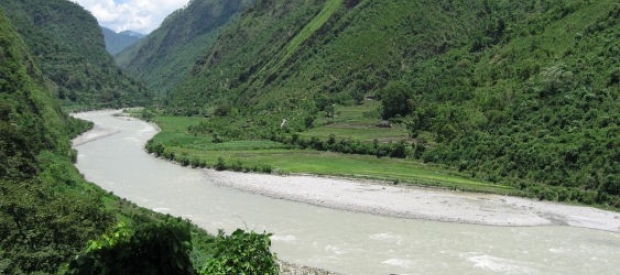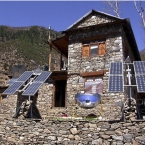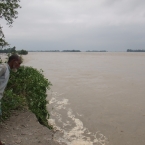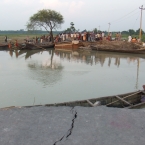Nepal
Eight of the ten highest mountain peaks in the world are located in Nepal, a small Himalayan country with a mainly rural population of 26 million people. The country’s three biggest river systems - the Kosi, Gandaki and Karnali - originate in high-mountain glaciers and eventually flow into the Ganges river system.
The abundant water resources and the rivers’ fast flows make Nepal a prime location for hydropower development. Already, 90 percent of the nation’s power comes from dams. Yet, hydropower development has a contentious history in the country. The variability of water flow, the Nepalese authorities’ lack of experience with consultation processes, as well as corruption in large infrastructure projects make dams an environmentally, economically and socially risky endeavor.
In 1995, the World Bank famously withdrew from one of its largest planned hydropower projects: the $1.1 billion Arun III Dam in Nepal. The decision came just before the World Bank Inspection Panel was to investigate whether the bank had violated its own guidelines for land compensation, resettlement and environmental assessment on the project. Studies confirmed that the project would not address the energy needs of the country’s poor, who mostly live in remote areas with no connection to the central energy grid. No large dam has been built in Nepal since.
Today, Nepal is in the midst of a newfound drive to harness its water resources to meet the exploding energy demands of its powerful neighbors. The Nepali government is looking for investors and financiers for several large dam projects above 300MW, including Arun III, Upper Karnali, Budhi Gandakhi and the 750MW West Seti project. The projects, if built, will generate electricity for export to India and China. The world’s largest funders are supportive of this trend. The Asian Development Bank, for example, seems inclined to foot a large part of the more than US$1 billion price tag of the West Seti project. Civil society groups in Nepal have major concerns about the project, including that the social and environmental costs of building West Seti have to be carried by Nepal, while India will benefit from the generated electricity.







